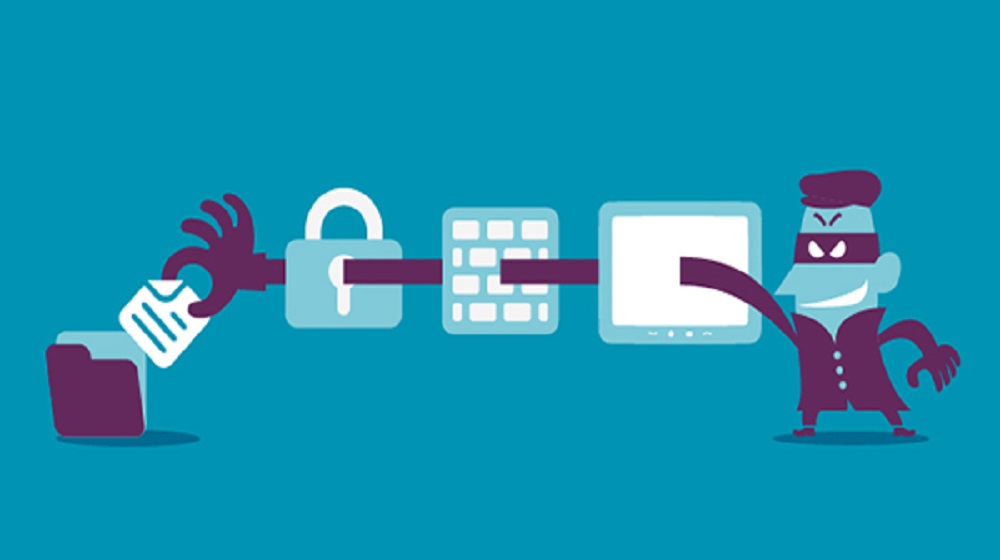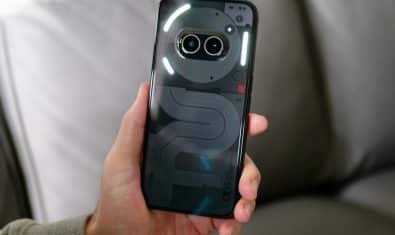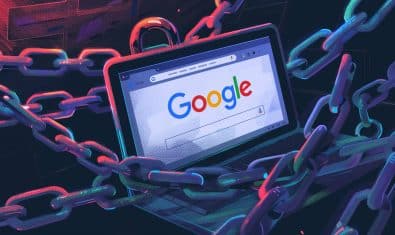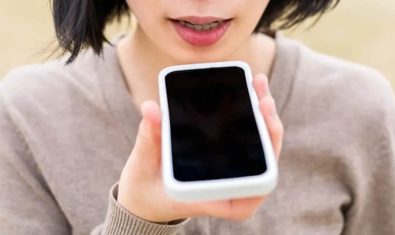By Zubair Hussain Khan
Long gone are the days when mobile phones were meant to make/receive calls and send/receive text messages. Now, your mobile phone also works as your camera, checkbook, work email, Google Drive/iCloud, VoIP device and much more. We create and store a lot of sensitive information on our phones, including private photos and financial credentials. Losing those images or information can be a nightmare for anyone.
The cherry on top, our phones are connected to the internet all the time. With several loopholes and vulnerabilities, the internet is not a secure place. These vulnerabilities result in data breaches, which lead to financial or identity theft. This mainly happens when you use an unsecured Wi-Fi network.
It is effortless for hackers to tap into a Wi-Fi hotspot and read your messages. They can also create mirror networks of you most trusted Wi-Fi network to con you into giving up all your information and precious data.
When you connect to Wi-Fi, all your information sent on the internet is in plain text which is easy for anyone with nominal knowledge to read. It is the same as sending a letter to your girlfriend without covering it with an envelope.
Hackers have found ways to duplicate your most trusted Wi-Fi network and create a devious one to trap you with a technique called “Evil Twin.” The Wi-Fi network created by hackers is similar to your trusted one with the same name.
Usually, open Wi-Fi networks at coffee shops, airports, libraries, and hotels are the biggest targets. It is crucial that you don’t become a victim of Evil Twin. Fear not! In this article, we will highlight key indicators that you can use to avoid being targeted on public Wi-Fi.
How to Protect Yourself
Should you stop using public Wi-Fi networks as a whole? Or is there a way out from this dilemma? Some would comment that you should stop using public Wi-Fi, but that’s not practical.
Here’s what you should do to ensure a secure and reliable Wi-Fi connection.
Only Connect to HTTPS Certified Websites
HTTP is a much older protocol that is becoming obsolete with time. Google doesn’t recognize sites that use HTTP URLs because they lack the encryption that an HTTPS URL with an SSL certificate has.
Most safe and reliable websites today use HTTPS, although it is still possible to connect to these websites using their HTTP versions.
Before going on a website, the first thing you should do is check the URL of the website. If the “padlock” sign on the web address bar is green; that means the website is secure. This is an irritating habit where you will have to check the padlock every time you open a site.
On a smartphone, it can be a hassle because checking the URL can be tricky where you have to open the site and then look at the URL. But adopting this habit will save you from becoming a cybercrime victim.
Use a VPN
Another way to use your Wi-Fi connection securely is by using Virtual Private Networks (VPNs). VPN apps are easily available online and on Google Play Store and are recommended by security experts as well.
VPN services are available on all operating systems, and configuring them is easy and straightforward.
It uses a bunch of encryption protocols that create a secure tunnel of communication which cannot be penetrated or accessed by anyone. It also masks the real IP address of the user with one of its own. This method would allow the user to fool hackers waiting for users on public Wi-Fi.
Through a secure VPN, you will be able to use public Wi-Fi without any security concerns but make sure to buy a premium VPN because a free VPN itself allows the VPN provider to spy on your online activity.
Be Careful of Fake WiFi Hotspots
Hackers are always lurking on the web to find the weakest link in a Wi-Fi hotspot. Free or Open Wi-Fi networks can be easily set up as a trap.
People usually consider themselves lucky when they find free Wi-Fi, however, it can turn out to be a trap. These hotspots use the real name of the place, for example, “Starbucks01” however they’re anything but real.
In case you are strolling in a mall and you see two WiFi hotspots with the same name then it’s advised to ignore both of them as knowing which one is real would be difficult unless a shop owner tells you which Wi-Fi to use.
Disable Automatic Wi-Fi Connection
If your device is set to connect to any Wi-Fi available, then all the steps above will be useless. You need to choose the Wi-Fi manually to avoid connecting to a fake Wi-Fi hotspot automatically.
The feature is a blessing, but keeping your Wi-Fi disabled will save you in the future. It hardly takes a few seconds to turn it back on.
The Last and Most Important Tip
There’s one thing you should always do. Be vigilant and careful when sharing your information on social media platforms like Facebook, Instagram, and Snapchat.
You never know when and where a hacker might find the smallest loophole and compromise your privacy.






















This Tips for Punjab Province :
Because in Karachi : Mostly we depended our Mobile Data :
Free Wifi Not Available on Desired Palaces :
Glad you made the distinction between free and paid VPNs. I personally never connect to a hotspot without turning my ExpressVPN app on first.
FastestVPN is the latest in line of up and coming VPN providers, which is built solely on customer experience and protecting your online activity. Subscribe to their service today and save up to 89% on their 3 year plan.